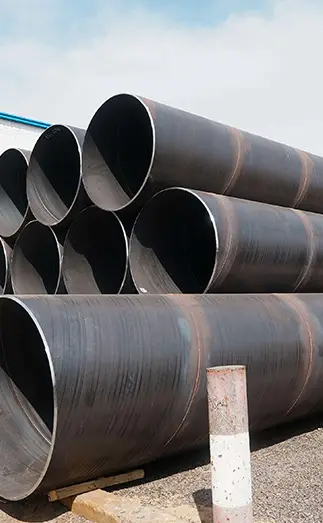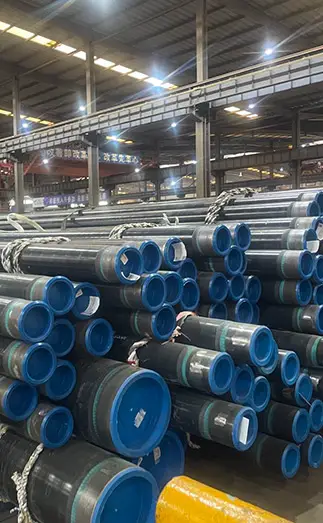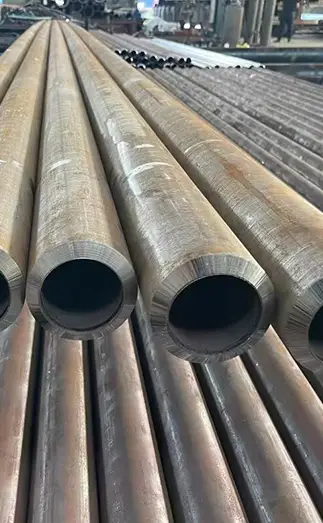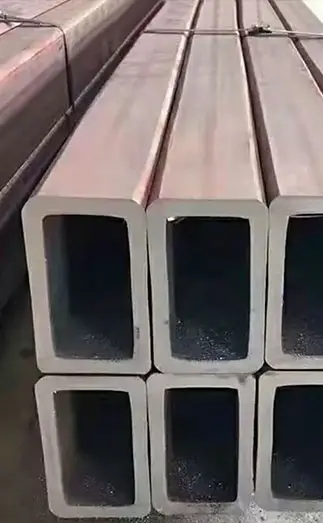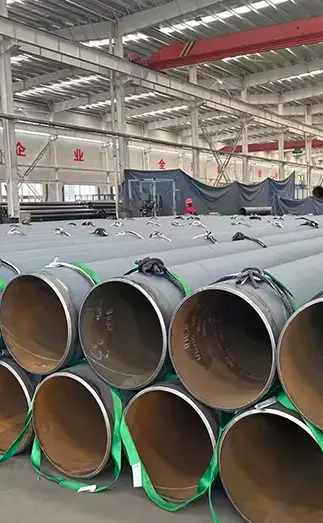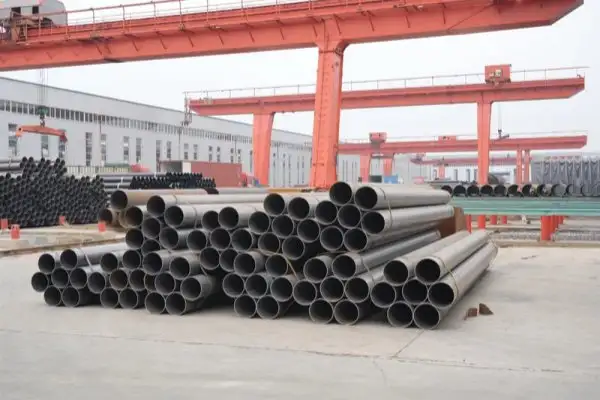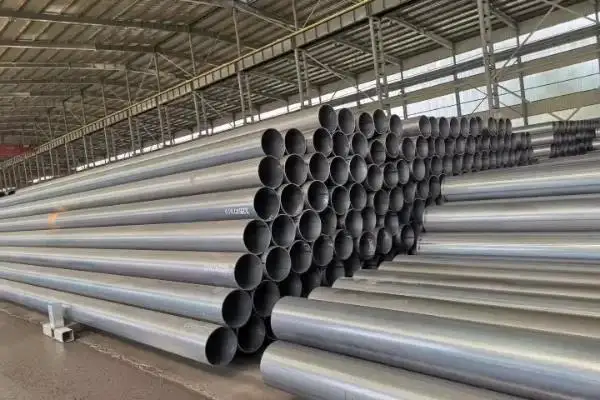In the machinery manufacturing industry, various processes are used to form thick-walled seamless steel pipes, but only a few truly deliver measurable improvements in efficiency, cost control, and product quality. Among these processes, cold extrusion has become a highly recognized solution. Many manufacturers adopting the cold extrusion process report more stable dimensions, reduced raw material usage, and easier automation. Below, we summarize its core advantages based on industry practice.
Thick-walled seamless tubes are mainly produced through cold drawing, cold rolling, hot rolling, and hot expansion. Materials commonly include 10#, 20#, 35#, and 45#, suitable for structural tubing, fluid transmission, boilers, and high-pressure boiler applications.
1. Superior Dimensional Accuracy and High Surface Quality
The most significant benefit of the cold extrusion technology is its ability to achieve high dimensional stability and excellent surface finish. Parts produced through cold extrusion typically maintain 8–9 grade accuracy, and with good lubrication and proper die maintenance, the surface roughness can reach near-polished levels.
This high precision allows extruded parts to enter the next manufacturing stage with minimal reprocessing—reducing machining steps and shortening production cycles. For manufacturers seeking to improve product consistency and quality control, this is a crucial advantage.
2. Higher Material Utilization—Significant Cost Reduction
Cold extrusion greatly improves material utilization rates, which is one of the primary reasons enterprises adopt it. Because metal flow lines remain continuous and deformation is controlled, cold-extruded components consume significantly less material compared with traditional machining.
Typical industry cases:
Automotive pistons (Jiefang): Material utilization increases from ~43% to ~92% after using cold extrusion.
Universal joint bearing sleeves: Utilization rises from ~27.8% (machining) to ~64%.
For industries that use high-value materials—such as alloy steel, stainless steel, or copper alloys—improving material utilization directly translates to substantial cost savings.
3. High Production Efficiency—Ideal for Mass and Automated Manufacturing
The cold extrusion process enables parts to achieve near-final shape in a single forming step. This dramatically enhances production efficiency and makes the technology ideal for large-scale and automated production lines.
Efficiency comparisons frequently cited in the industry:
Cold extrusion is 3.2× faster than machining for piston pin production.
Automated extrusion lines can match the output of dozens of conventional machine tools.
A single fully automated cold extrusion system can achieve the capacity of 100 standard lathes or 10 four-axis automatic lathes.
For manufacturers handling high-volume orders, cold extrusion ensures consistent quality while reducing labor and production time—key benefits in modern industrial manufacturing.
4. Additional Advantages Often Overlooked
Beyond the major advantages, cold extrusion of thick-walled seamless steel pipes brings additional benefits that improve long-term performance:
Continuous metal flow lines: Boost fatigue strength and durability.
Minimal burrs and controlled deformation: Reduce secondary machining costs.
Strong compatibility with automation and CNC systems: Stable die life enables standardized and modular production lines.
For components requiring high strength, high toughness, and resistance to alternating loads—such as automotive chassis parts or construction machinery components—cold extrusion offers more stable and reliable mechanical properties.
FAQ – Cold Extrusion for Thick-Walled Seamless Steel Pipes
1. What is cold extrusion?
A precision forming process for thick-walled seamless steel parts at room temperature, offering high accuracy and low material waste.
2. Why does cold extrusion save material?
Because no cutting is involved and metal flow lines stay continuous, material utilization can exceed 90%.
3. Is cold extrusion suitable for mass production?
Yes. It supports automated, high-speed production and can replace dozens of conventional machines.
4. What materials can be cold-extruded?
Common materials include 10#, 20#, 35#, 45# carbon steel and various alloy steels.
5. What advantages does it have over machining?
Higher dimensional accuracy, better surface finish, and lower overall production cost.



 English
English Español
Español Français
Français بالعربية
بالعربية